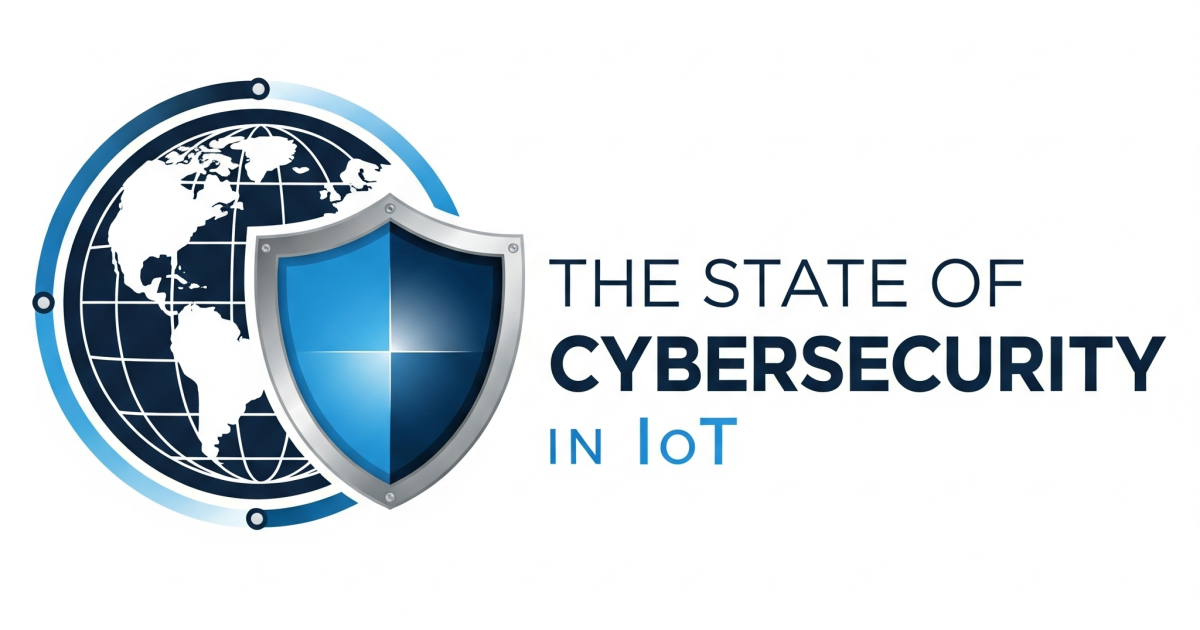
“Sustainable, secure and scalable managed IoT connectivity, for wherever you are on your journey.”
Here, Velos IoT (or simply Velos) makes a palpably strong promise.
Formerly JT IoT, Velos is a supplier of connectivity for cutting-edge IoT spaces. Over its history, Velos has combined the businesses of its primary New Jersey-based operations with Estonia’s Top Connect (now Velos IoT Estonia) and the Danish IoT solutions specialists at NextM2M. Under one umbrella, so to speak, Velos IoT has become, per a representative from Velos, “a global powerhouse that provides secure connectivity to more than 17 million cellular devices around the world.”
Supported by its team of 120 experts (and counting) – and with more than 600 total global networks – Velos’ portfolio includes solutions both agile and resilient to a wide range of businesses (i.e. small specialist players to mega-sized manufacturers).
Whether it’s for improved patient experiences in healthcare, automation and monitoring for transportation and logistics sectors, or multi-carrier agreements and leveraged telco assets in terms of fixed systems and infrastructure solutions, Velos is a connector, through and through.
And earlier this week, Velos announced the launch of another connectivity solution:
Connect LPWA (or Low Power Wide Area).
Custom-built for resellers, enterprises and OEMs (i.e. ones currently on 2G/3G networks that want more robust, energy-efficient devices that save on costs with better battery life), Connect LPWA maximizes devices’ lifetimes (up to 10 years) by connecting them to LPWAN through future-proofed NB-IoT or CAT-M1 technologies.
Connect LPWA is:
- Available in various SIM form factors, including MFF2, 2FF, 3FF, 4FF and eUICC.
- Available in different grades, including plastic, robust plastic and industrial (for embedded SIMs, a.k.a. eSIMs)
More specifically, in terms of its NB-IoT:
- Connectivity currently available on 47 networks in 35 countries
- Use cases are most ideally suited for stationary applications with hourly data transfer frequency (or a few times per hour at low-to-medium transmission rates), and these include meters, parking, street lights, appliances for smart homes and environment management devices
And in terms of its CAT-M1:
- LTE-M connectivity currently available on 77 networks in 42 countries
- Use cases, as opposed to NB-IoT, are better suited for non-stationary types of applications with quicker data transfer frequency (i.e. every few minutes at higher transmission rates), and these include vehicle fleet management, cold chain monitoring, rental vehicles and asset tracking
Both NB-IoT and CAT-M1 options support features like PSM (Power Saving Mode) and eDRX (extended Discontinuous Reception).
So, as the sun begins to set on 2G/3G and the IoT landscape transforms, newer tech like Connect LPWA is becoming more accessible and affordable. In the words of Graham Hart-Ives, Vice President of Sales at Velos IoT:
“IoT users are facing a real issue with the decommissioning of 2G and 3G networks around the globe. At Velos IoT, our dedicated teams know the value of Connect LPWA and truly believe that we such connectivity options offer customers more confidence via a long-term, cost-effective alternative.”
“We deliver IoT at its finest,” Hart-Ives added. “Truly best-in-class support services from people that love IoT.”
Velos also has a thorough guide to its LPWAN developments; read here for more.
Edited by
Greg Tavarez





